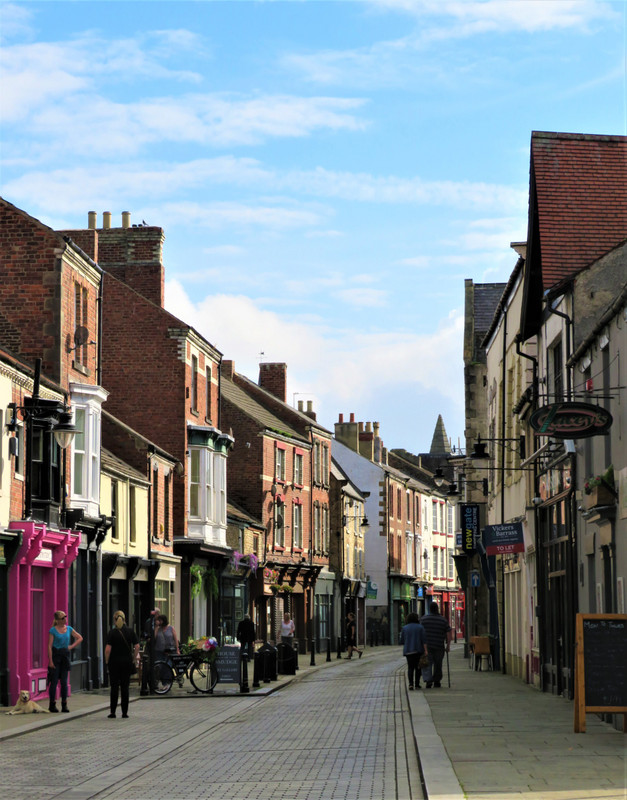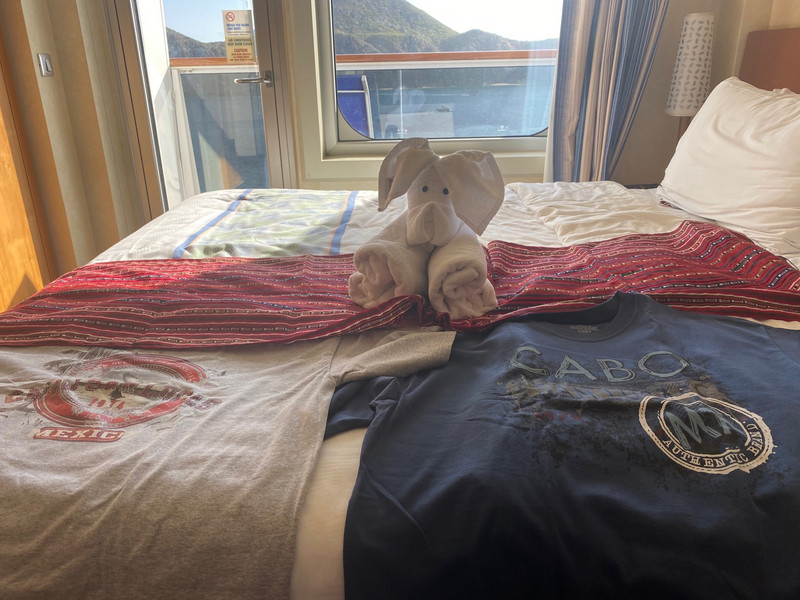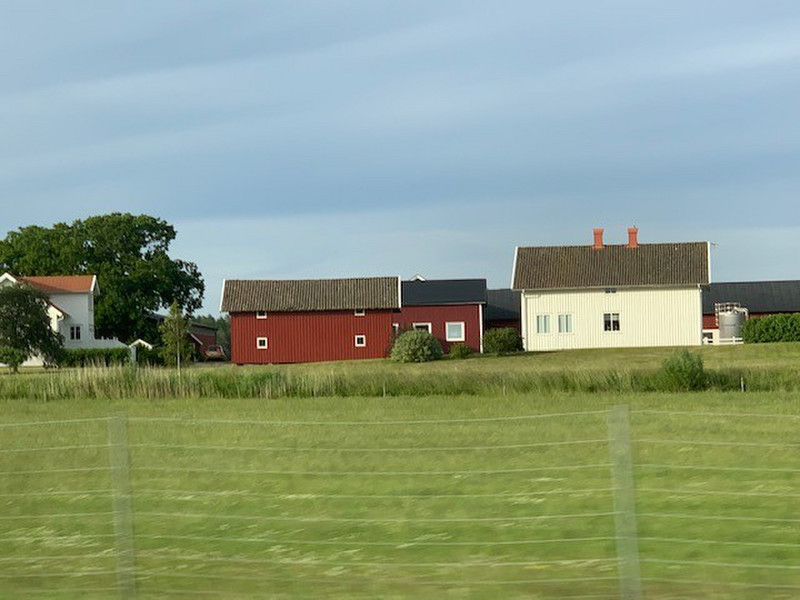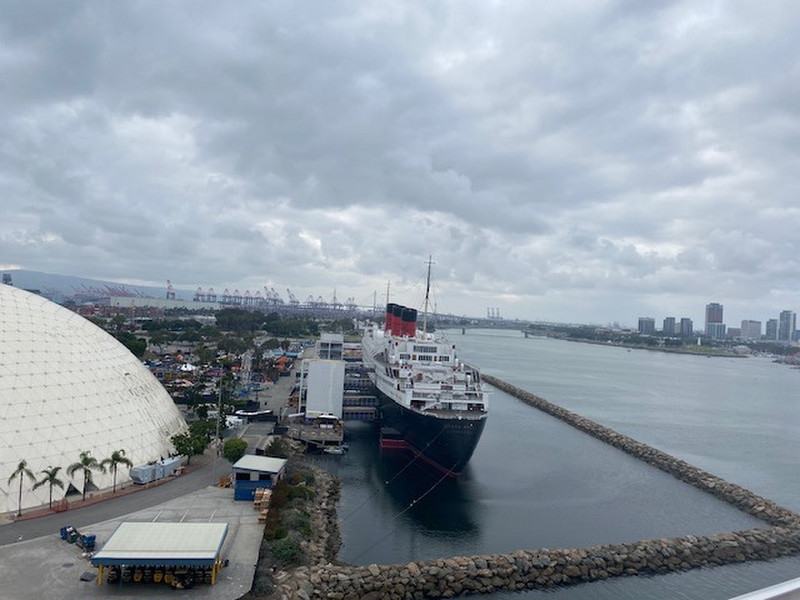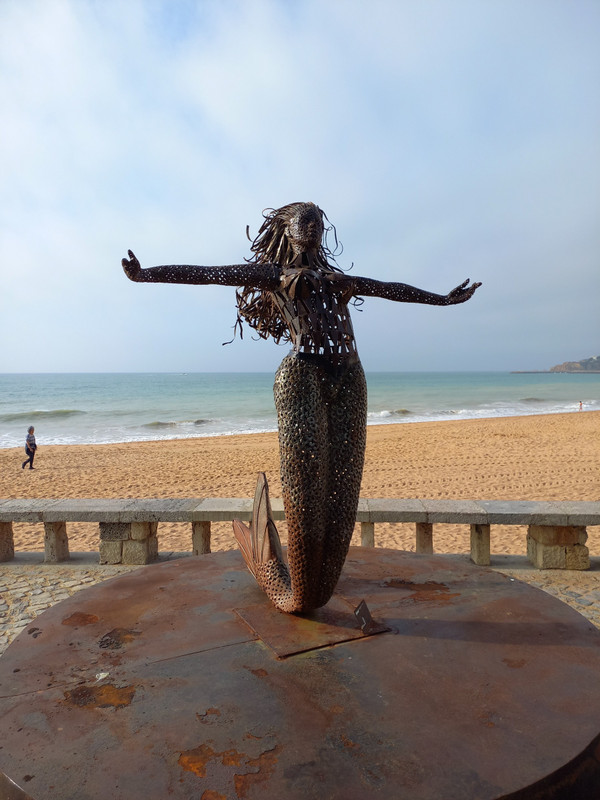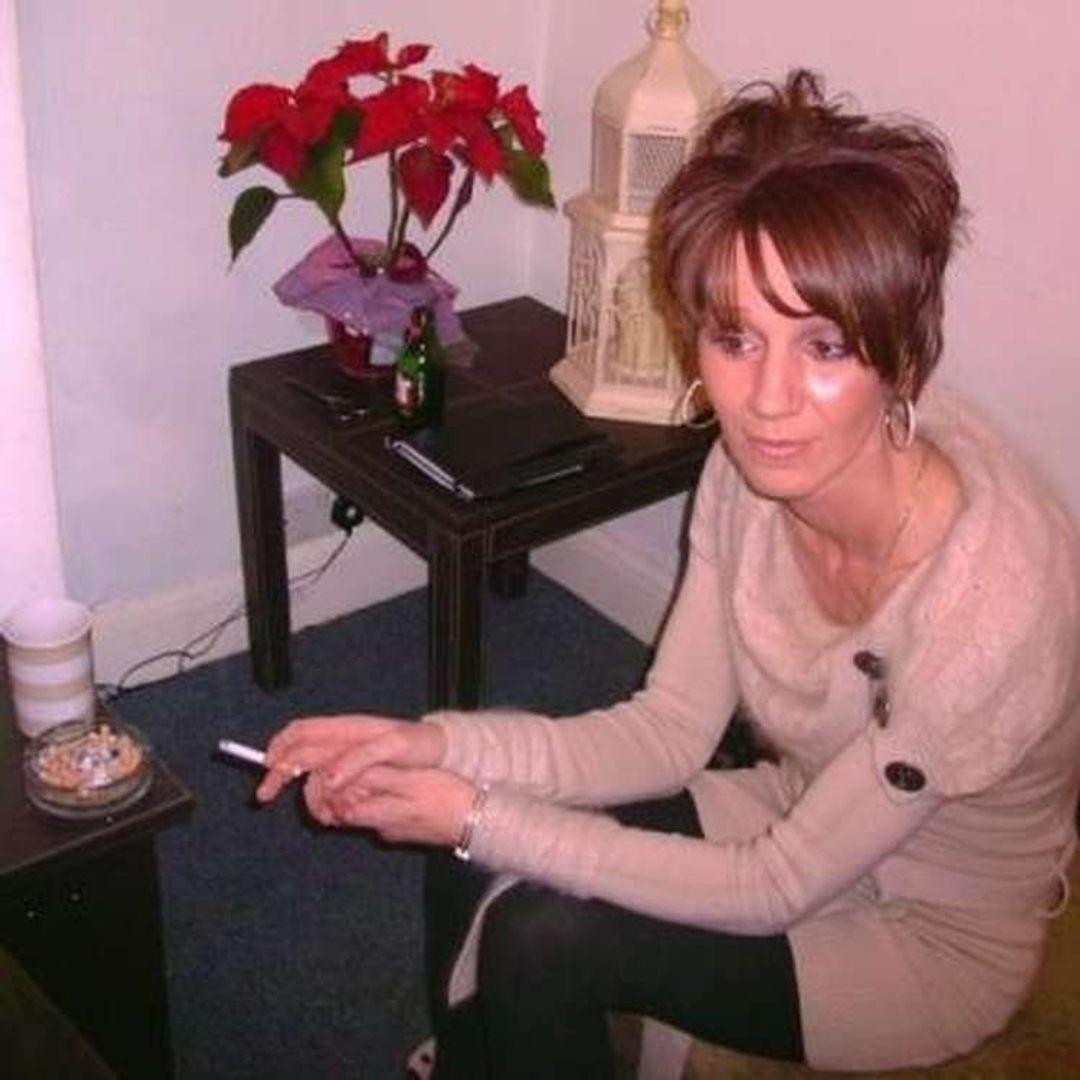The bus journey from Durham to Bishop Auckland took about half an hour or so and it was a nice drive through some small towns, villages and the countryside. I loved all the green fields. The bus stops in the marketplace in Bishop Auckland and I got off there as it was near to the art gallery I would be visiting first. I had some time before my allotted visit so I took a bit of a walk around the town centre. I headed across the marketplace, which wasnt too busy. There were a few people sitting outside one of the cafes as the weather was nice. I took a walk up Bondgate, which is one of the streets adjacent. Since it was still early not all the shops and galleries were open, however it was still a nice little walk. I also headed down another street which seemed to have more of your bog standard shops on. Then it was back to the marketplace as it was time to visit the art gallery.
The Mining Art Gallery looked closed as the door that looks like the entrance was closed, however there was a sign pointing to the side door.
I headed in and got checked in for my visit. An art gallery dedicated to mining sounds incredibly niche, but the pits were a massive part of the landscape, culture and economy of the Northeast and have had a lasting impact on the area, so I was intrigued to learn more about the artists as my limited knowledge only really consisted of Norman Cornish, a local Spennymoor artist. First, there is a great timeline at the start of the gallery which a brief outline of mining history and mining art. Just across the way, there was a beautiful quote by Tom McGuinness about painting about what you know and, I think, what you love and this makes more real and relatable to you and the viewer. I really wish Id been able to take a photo of the quote but photography is forbidden in the gallery. There was some of his work and also that of Henry Perlee Parker, who is known as the father of Social Realism.
I headed into the first main room, which contained some paintings and quite a bit of information. I was shocked reading about George Bissill, a forgotten pitman painter of Derbyshire, who
had hoped that joining up in the First World War would take him away from a life underground. However, he was buried alive in a tunnel while working near Bthune in France when a tunnel collapsed. What really shocked me was that after the war he had to go back to the mines to work. I cant even imagine how traumatic that must have been. I also learnt about the Spennymoor Settlement, which was set up by the Farrells in 1931 to provide centre in Spennymoor. It provided a range of recreational, education and welfare activities for the unemployed. The Settlement wanted to through neighbourliness and social services, and also allow its members to more knowledgeable and creative. It is particularly renown for its drama and art and helping to foster talent in Norman Cornish, Herbert Dees, Tom McGuinness and Sid Chaplin.
Just before you walked into the next room, there was a picture of a miner on the wall and the noise of a drip, drip, drip. Also, this little corridor was quite dimly lit. It gave some insight into the atmosphere that the miners would have faced down the mine. It was
great how they utilised this space to add an extra element to the gallery. The next room contained pictures depicting what it was like to work down the mines and also had some artefacts on display such as miners helmets and bait boxes (lunchboxes). This room was quite dark which added to the atmosphere of what it would have been like to have been down the pits. The third room was dedicated to the work of Norman Cornish and another artist whose name Ive forgotten. I know Norman Cornish was a product of the Spennymoor Settlement, but I cant remember about the other artist. Their paintings were great as they showed the miners in their leisure time such as at the pub. I also really liked the painting of the snowy streets of wintry Spennymoor. It looked cold but cosy.
